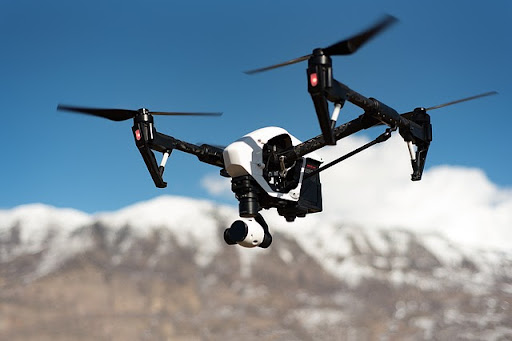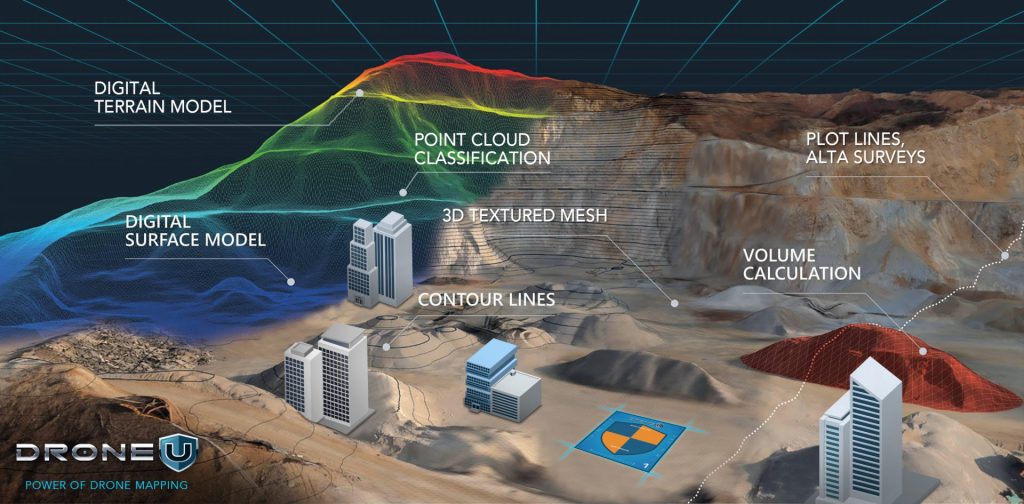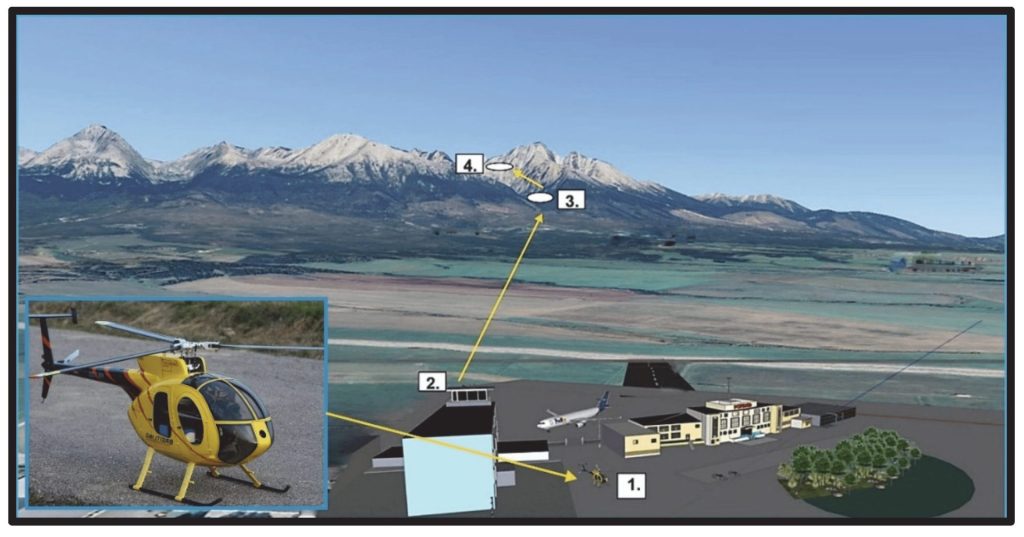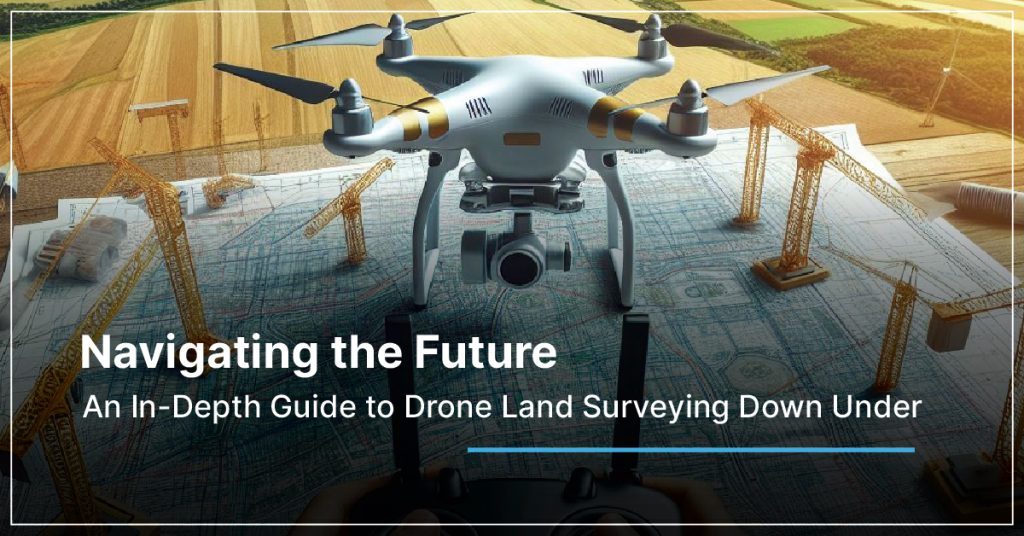Physical Address
304 North Cardinal St.
Dorchester Center, MA 02124
Physical Address
304 North Cardinal St.
Dorchester Center, MA 02124


This post may contain affiliate links. As an Amazon Associate, we may earn commissions from qualifying purchases.
Have you ever wondered how land drones navigate different terrains? Imagine a small vehicle traversing rocky hills, maneuvering through dense forests, and moving smoothly over sandy deserts. Land drones, or Unmanned Ground Vehicles (UGVs), have become incredibly sophisticated, allowing them to tackle various environments efficiently. This article will help you understand how these technological marvels achieve such feats.
To grasp how land drones navigate diverse terrains, it’s first essential to understand what a land drone is. Typically, a land drone is an autonomous or remotely controlled vehicle that can travel over the ground without direct human intervention. These machines have found applications in various fields, ranging from military use to agriculture, and even urban delivery systems.
Land drones come in different shapes and sizes, each designed for specific tasks. A few popular categories include:
| Type | Description |
|---|---|
| Wheeled Drones | Equipped with wheels, these drones are built for speed and efficiency on relatively smooth surfaces. |
| Tracked Drones | Utilizing tracks instead of wheels, they are better suited for rough and uneven terrains. |
| Legged Drones | Mimicking the movement of animals or insects, these drones can handle very tricky terrains. |
Understanding these types provides a foundation for how these drones tackle various environments.
Navigating different terrains is no small feat. It requires a blend of several advanced technologies, each contributing to a drone’s ability to traverse complex landscapes.
Sensors are the eyes and ears of a land drone. They detect obstacles, measure distance, and gather data about the environment to create a navigational map. Commonly used sensors include:
| Sensor Type | Function |
|---|---|
| LIDAR | Uses laser light to measure distances and create detailed 3D maps of the surroundings. |
| Ultrasonic | Employs sound waves to detect nearby objects and calculate distances. |
| Infrared | Detects heat signatures, useful for navigation in low-light conditions. |
| Vision Cameras | Captures images and videos, often used in conjunction with AI for object recognition. |
Combining different sensors provides a robust data set, enabling the drone to make more informed decisions.
Artificial Intelligence (AI) and Machine Learning (ML) are key components that allow a drone to interpret sensor data and make real-time decisions. AI algorithms process the collective sensor data to identify obstacles, choose optimal paths, and adapt to new conditions. In more advanced applications, machine learning models are trained on large datasets to improve the drone’s navigation capabilities over time.
Global Positioning System (GPS) technology is vital for any land drone’s navigation system. It allows the drone to pinpoint its location on the Earth’s surface with high accuracy. Coupled with Geographic Information System (GIS) data, GPS enables drones to follow pre-planned routes and adjust to real-time changes in the environment.

Each type of terrain presents its own set of challenges. A drone’s ability to navigate effectively depends heavily on how well it can tackle these unique obstacles.
Navigating rocky terrains requires a sturdy build and sophisticated balancing mechanisms. The primary challenges include:
Tracked drones often excel in these conditions due to their superior grip and stability.
Sandy environments pose unique difficulties, such as:
To counter these issues, drones designed for sandy environments usually have specialized tires and cooling systems.
Forests add a layer of complexity with their dense vegetation and varying light conditions. The main challenges include:
Legged drones often shine in these environments, as their elevated stance helps them step over obstacles more easily.
Urban environments bring their own set of hurdles, such as:
Wheeled drones tend to be favored in urban areas due to their speed and efficiency.
One of the most fascinating aspects of land drones is their ability to learn and adapt in real time. This capability is primarily driven by several key technologies and algorithms.
SLAM is a computational problem of constructing or updating a map of an unknown environment while simultaneously keeping track of an agent’s location within it. This capability is crucial for drones in unfamiliar terrains, allowing them to build a navigational map on the fly.
Reinforcement Learning (RL) is a type of machine learning where agents learn to make decisions by taking actions in an environment to maximize some notion of cumulative reward. For land drones, this means learning the best ways to navigate through trial and error. Over time, they become more efficient at overcoming obstacles and choosing optimal paths.
Edge computing allows data processing to occur close to the data source, in this case, the land drone. Real-time data analysis and decision-making become more efficient because the data doesn’t have to travel back to a central server for processing. This technology significantly reduces latency, allowing the drone to react almost instantaneously to changes in its surroundings.

Land drones are used in a wide array of practical applications. Their ability to navigate different terrains efficiently has enormous benefits across various industries.
In agriculture, drones are used for tasks such as soil analysis, planting, crop monitoring, and even harvesting. Their ability to navigate different types of soil and field conditions makes them invaluable tools for modern farming.
Military applications often require drones to navigate through harsh and rugged terrains. Tasks include reconnaissance missions, mine detection, and logistics support. Robust sensor systems and AI make these missions safer and more efficient.
In search and rescue operations, the ability to quickly navigate through rubble, forests, or flood-affected areas can save lives. Drones equipped with infrared sensors can locate people trapped under debris or lost in dense foliage.
Urban delivery systems benefit significantly from drones capable of navigating city environments. They can efficiently deliver packages, food, and medical supplies, all while avoiding traffic and other urban obstacles.
The technology driving land drones continues to evolve, promising even more capabilities in the future. We can expect advancements in several areas:
As AI becomes more sophisticated, land drones will gain better problem-solving abilities, making them even more autonomous. This will involve improvements in machine learning algorithms and the integration of more complex decision-making frameworks.
Battery technology is also advancing, providing longer operational times and quicker charging. This improvement will allow drones to cover more ground without needing frequent recharges, making them more practical for long-term missions.
The materials used in building drones are becoming lighter and stronger. This lends to better durability and performance, allowing drones to tackle even more challenging environments.
Swarm technology involves coordinating multiple drones to work together on complex tasks. This is particularly exciting for search and rescue operations and large-scale agricultural tasks. By working in unison, a group of drones can cover a larger area more efficiently.

As with any advanced technology, ethical and regulatory concerns surround land drones. Issues such as privacy, data security, and the potential for misuse require careful consideration.
The ability of drones to capture high-resolution images and videos brings up questions about privacy. Where should the line be drawn in terms of what drones can and cannot capture?
With massive amounts of data being collected and transmitted, ensuring that this data remains secure is crucial. Breaches could lead to significant issues, especially in sensitive applications like military or healthcare.
Various countries have different regulations regarding the use of drones. These rules can cover aspects like flight zones, altitude restrictions, and even operational hours. Staying compliant is essential for the continued deployment and development of land drones.
Finding out how land drones navigate different terrains provides a fascinating glimpse into the current state of robotics and automation. Through a combination of advanced sensors, AI, machine learning, and real-time adaptability, these machines can overcome incredible challenges and perform a variety of tasks. As technology continues to advance, the capabilities of land drones will only grow, expanding their usefulness across multiple industries and applications. What new terrains will they conquer next? Only time will tell.
